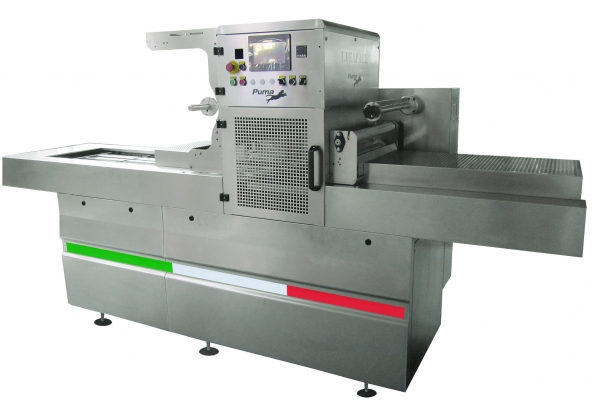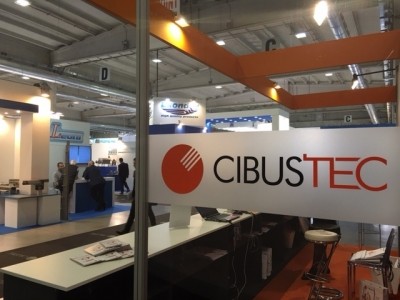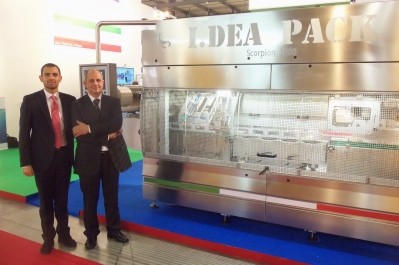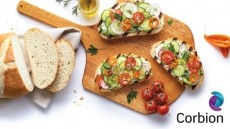Cibus Tec 2016
Now there’s an I.DEA – tray sealing machine for pasta targets ready meal market
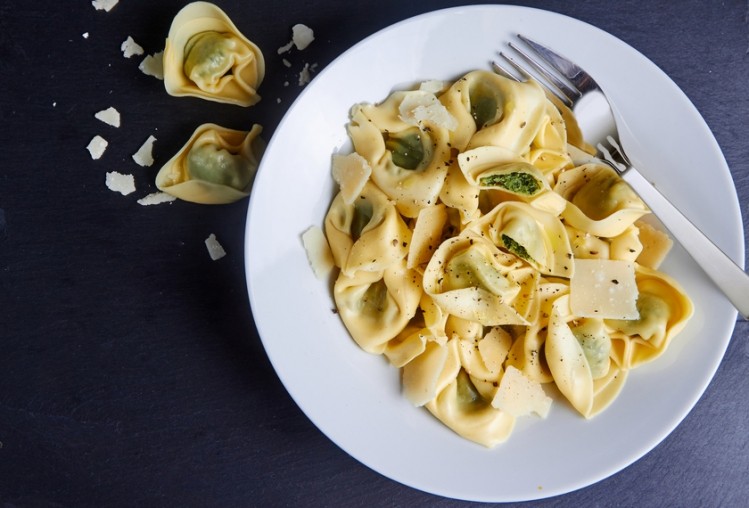
The firm, which is based in Italy, manufactures automatic tray-sealing and thermoforming machines for food and has redesigned its most popular machines; Puma and Cobra, to go on display at Cibus Tec, Italy, October 25-28, Parma.
Private-label pasta suppliers
Leonardo de Robertis, CEO, I.DEA Pack, told BakeryandSnacks, it recently partnered with one of the biggest suppliers of private label products for retailers both in Italy and abroad to install a 12 metre Cobra machine for fresh pasta packaging, with a productivity rate of 1,200Kg/hour.
Its tray-sealing machine Puma has been installed in many fresh pasta firms, received within a lead time of four weeks, thanks to its streamlined production process.
“Today we see the beginning of a trend that will be consolidated over the next six to 12 months, which is more convenience food,” he said.
“Customers are looking to buy more ready meals, because they don’t have the time to spend on cooking. Moreover, customers change their mind abruptly. Manufacturers that will be able to perceive these changes in the minds of their customers and adapt quickly to transform their equipment will be the ones who triumph.”
To modernize its machines, I.DEA Pack has redesigned Puma positioning its vacuum pump further inside the machine and has simplified the cleaning operations to make it easier to handle.
It has also improved the design of the die set, that permits both Skin and MAP (Modified Atmosphere Packaging) die-sets to be used on the same machine.
Cobra 660
It has also developed the HMI (human-machine interface) with a touch screen and tele-assistance, to check and maintain the equipment remotely.
The Cobra 660 has also been re-designed to create a more compact line which can pack MAP at 14 cycles per minute with a less than 0.1% oxygen residual in the tray.
“This is the first time we have put the thermoforming machine Cobra 660 on display, after having announced its development at IPACK IMA 2015. We have spent more than one year on its R&D to respect the threshold of 0.1% of oxygen residual with a productivity rate of 14 cycles per minute in a die set 700x500mm and with many cavities,” said de Robertis.
“This kind of productivity rate can only normally be found by our German competitors so we are very happy with this redesign.”
“I.DEA Pack has invested a significant amount of money in its R&D efforts over the past few years and we are proud of what we have achieved. Every single feature on our machines have been scrutinized and investigated to see how we can improve them and strengthen critical points, improving the productivity of the equipment.
“This is in combination with an analysis of best practice in terms of our operations, costs and price reduction.”
Italian packer M&C
According to de Robertis, the challenges it faces are dictated by the different machines for example, with tailor-made machines, customers are focused on the productivity rate of the equipment.
Last year, I.DEA Pack partnered with packer M&C in Italy to install its COBRA 660.
The machine is able to package around 150 trays/min with external dimensions 120x240mm with MAP (around 9,000 trays/hour). It has a die set with bottom film width 660mm and cutoff length around 500mm.
De Robertis, said this die set is very large compared with the industry standard size.
“The Cobra 660 is suitable for almost every food industry (cheese, meat, cold cuts, fresh pasta)," he said.
“The new features increase the easy-of-use and reduce time wasted in die set changeover. In particular M&C packages slices of ham, salami, bacon and cheese.”
The machine is made of stainless steel AISI 304 and protection class IP65, the electrical components are from Schneider Electric and pneumatic elements from Festo – Airon.
“Due to our collaboration with Schneider Electric we have developed a system that permits to control in real time the pressure within the different zones of the vacuum chamber into the sealing station. This permits the manufacturer to be sure of what is happening within the vacuum chamber,” said de Robertis.
“The collaboration with Schneider Electric has been particularly fruitful. We have developed with Schneider technicians for the electric panel, choosing among the newest components available.They have also supported us during the first tests of electrical components.”
Save

